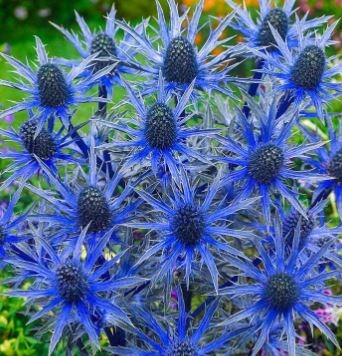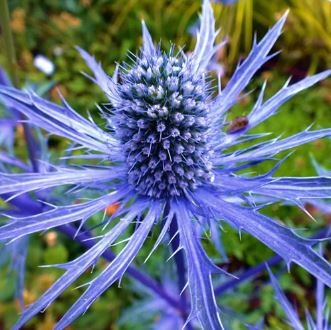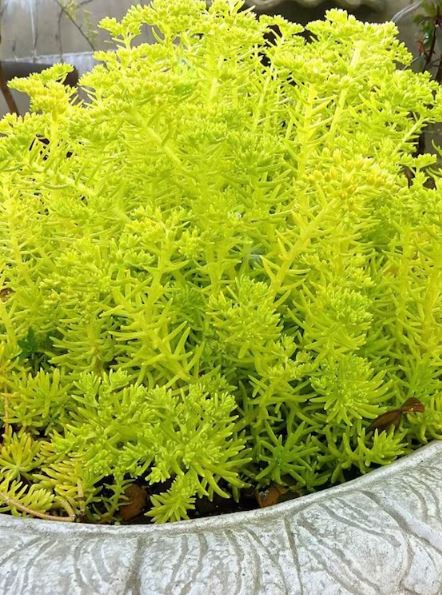
Care Guide
1. Choosing the right location: Blue sea holly thrives in full sun, so select a spot in your garden that receives at least six hours of direct sunlight per day. Ensure the soil is well-draining to prevent waterlogging.
2. Soil preparation: Prepare the soil before planting by removing any weeds, rocks, or debris. Blue sea holly prefers slightly acidic to neutral soil with a pH range of 5.5 to 7.0. If your soil is heavy or clay-like, amend it with organic matter such as compost or well-rotted manure to improve drainage and nutrient content.
3. Planting: Blue sea holly can be grown from seeds or purchased as young plants from a nursery. If planting from seeds, sow them directly into the ground in late winter or early spring. Alternatively, you can start seeds indoors 6-8 weeks before the last frost date and transplant the seedlings outdoors once the danger of frost has passed. Space the plants about 12-18 inches apart to allow for their mature size.
4. Watering: Initially, water the newly planted blue sea holly regularly to help establish their root system. Once established, they are relatively drought-tolerant and do not require excessive watering. Water deeply but infrequently, allowing the top few inches of soil to dry out between watering sessions. Avoid overwatering, as it can lead to root rot.
5. Mulching: Apply a layer of organic mulch around the base of the plants to help retain moisture, suppress weed growth, and regulate soil temperature. Mulching also adds organic matter to the soil as it breaks down over time. Maintain a mulch layer of about 2-3 inches, keeping it a few inches away from the plant’s stem to prevent rot.
6. Fertilization: Blue sea holly generally does not require heavy feeding. However, you can provide a balanced slow-release fertilizer once in early spring to promote healthy growth. Follow the manufacturer’s instructions regarding application rates.
7. Pruning: In late fall or early spring, cut back the spent flower stalks and remove any dead or damaged foliage. Pruning not only improves the plant’s appearance but also encourages new growth. Be careful when handling blue sea holly, as the leaves can be prickly.
8. Pests and diseases: Blue sea holly is generally resistant to pests and diseases. However, occasional issues with aphids or slugs may arise. Monitor the plants regularly and take appropriate measures, such as handpicking pests or using organic pest control methods if necessary.
9. Winter care: Blue sea holly is hardy in USDA zones 4-8 and can tolerate cold winters. In regions with harsh winters, provide a layer of mulch around the base of the plants to protect the roots from freezing temperatures.
By following these steps and providing proper care, you can enjoy the beauty of blue sea holly in your garden year after year.
Any Questions about your purchase?
Please message on the store you have bought from or you can email us at [email protected]. We’ll be happy to help!





